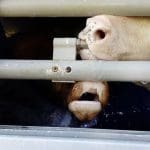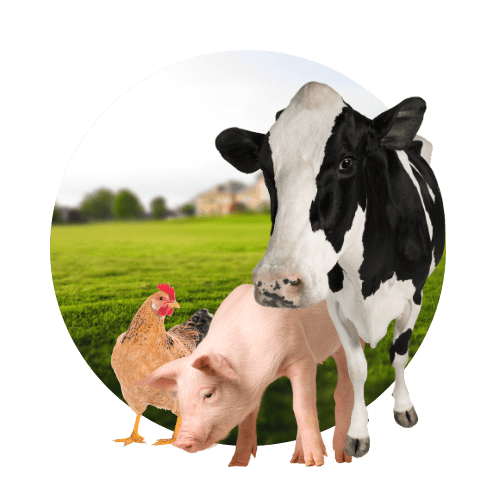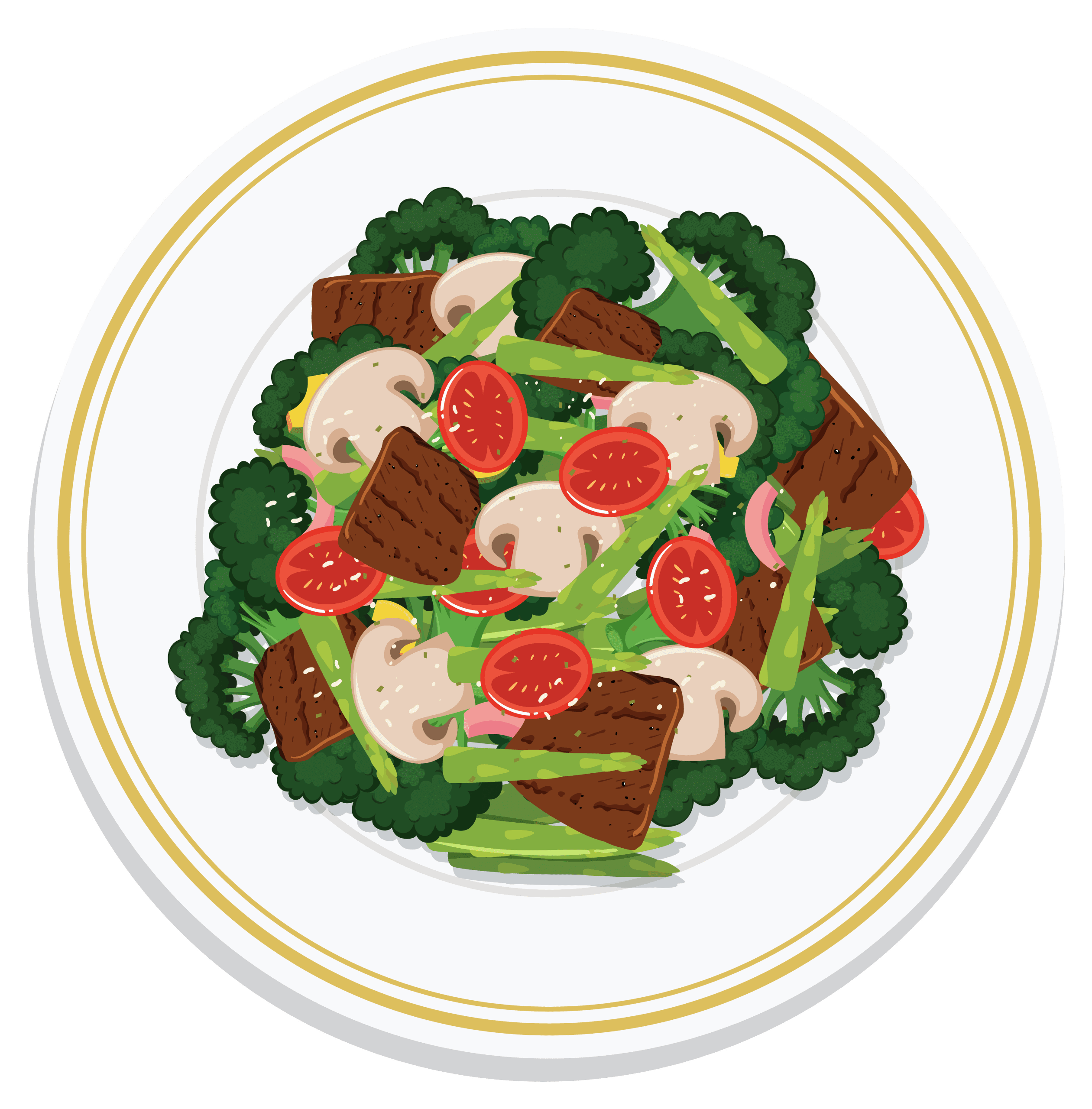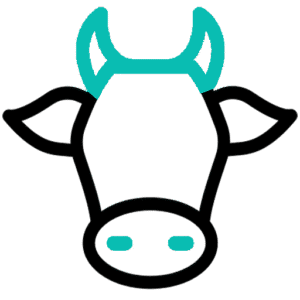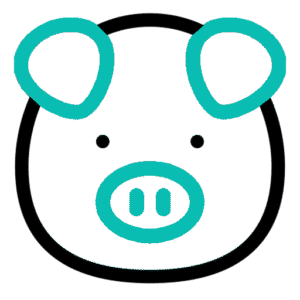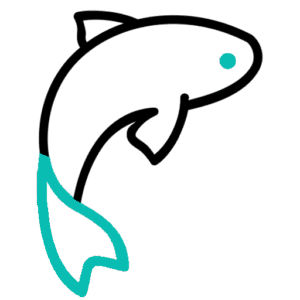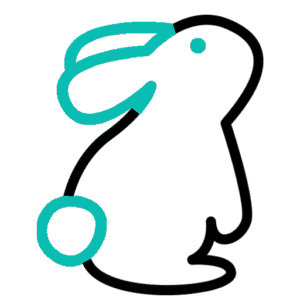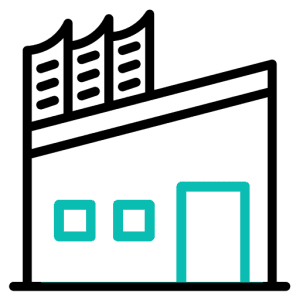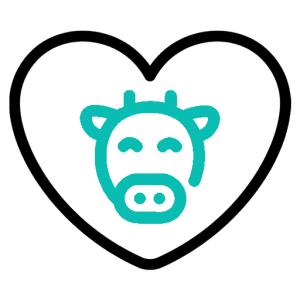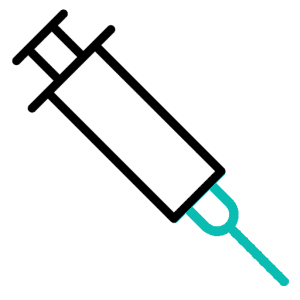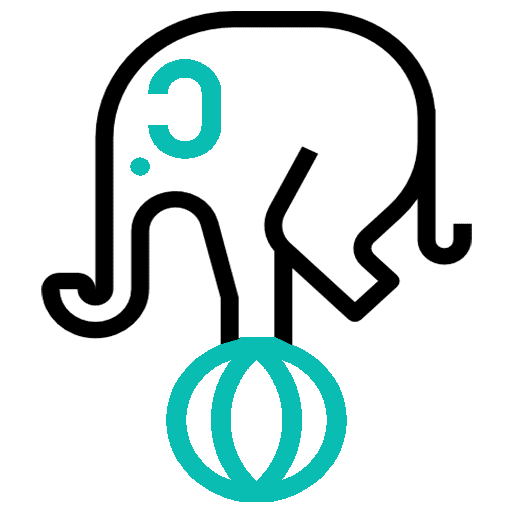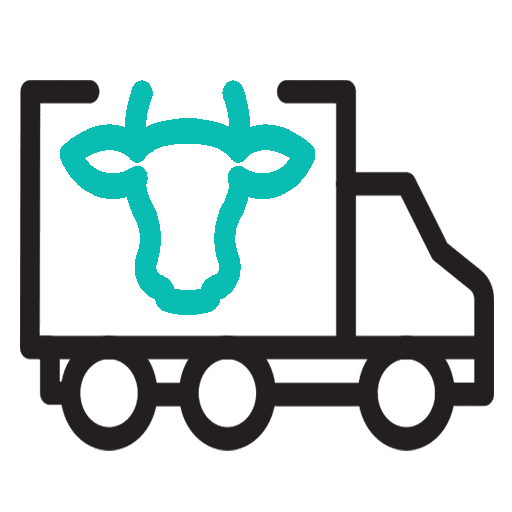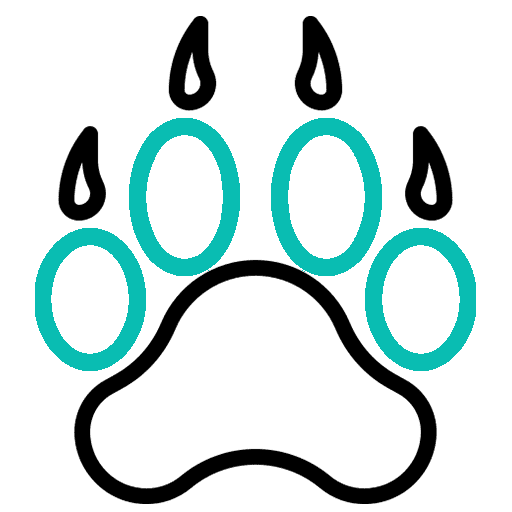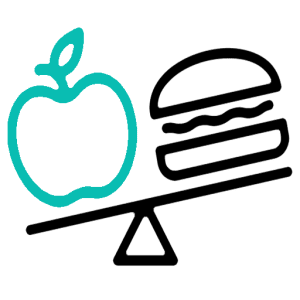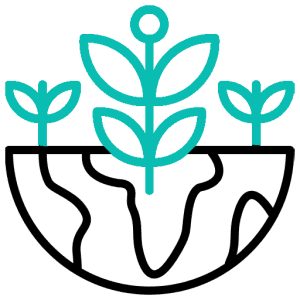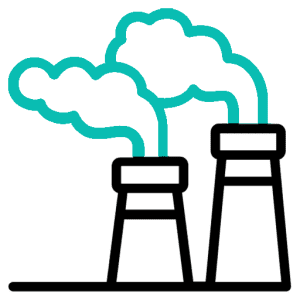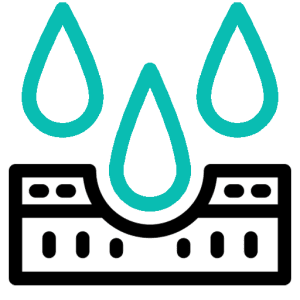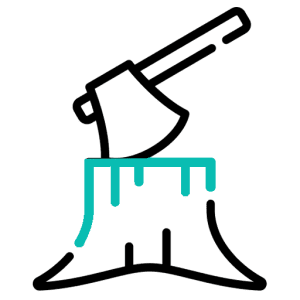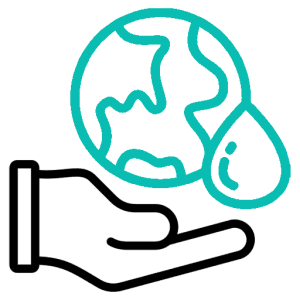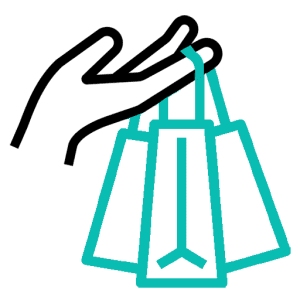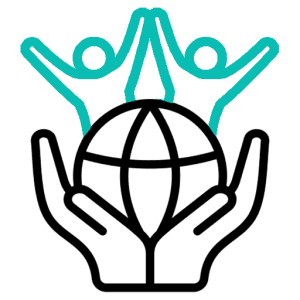Transport to the Slaughterhouse
For cattle who endure the grueling conditions of feedlots, dairy sheds, and veal farms, the journey to the slaughterhouse is the final chapter in a life filled with suffering. Far from providing any semblance of mercy or care, this trip is marked by cruelty and neglect, subjecting the animals to yet another layer of pain and hardship before their inevitable end.
When it is time for transport, cattle are crammed onto trucks in conditions that prioritize maximum capacity over their well-being. These vehicles are often overcrowded, leaving no room for the animals to lie down or move freely. For the entire duration of their journey—which can stretch for hours or even days—they are deprived of food, water, and rest. The grueling conditions take a heavy toll on their already fragile bodies, pushing them to the brink of collapse.
Exposure to extreme weather further exacerbates their suffering. In the summer heat, the lack of ventilation and hydration leads to dehydration, heatstroke, and, for some, death. Many cows collapse from exhaustion, their bodies unable to cope with the soaring temperatures inside the sweltering metal trucks. During winter, the cold metal walls offer no protection against the freezing temperatures. Frostbite is common, and in the worst cases, cattle become frozen to the sides of the truck, requiring workers to use crowbars to free them—an act that only deepens their agony.

By the time these exhausted animals reach the slaughterhouse, many are no longer able to stand or walk. These individuals, known in the meat and dairy industries as “downers,” are treated not with compassion but as mere commodities that need to be dealt with efficiently. Workers often tie ropes or chains around their legs and drag them off the trucks, causing further injuries and immense suffering. The callousness with which they are handled underscores the disregard for their basic dignity and well-being.
Even those cattle who arrive at the slaughterhouse physically capable of walking face no relief from their ordeal. Disoriented and terrified by the unfamiliar surroundings, many hesitate or refuse to leave the trucks. Rather than being handled gently, these frightened animals are subjected to electric shocks from prods or are forcibly dragged off with chains. Their fear is palpable, as they sense the ominous fate that awaits them just beyond the truck.
The transport process is not only physically harmful but also deeply traumatic. Cattle are sentient beings capable of experiencing fear, pain, and distress. The chaos, rough handling, and complete disregard for their emotional and physical well-being make the journey to the slaughterhouse one of the most harrowing aspects of their lives.
This inhumane treatment is not an isolated incident but rather a systemic issue within the meat and dairy industries, which prioritize efficiency and profit over the welfare of the animals. The lack of strict regulations and enforcement allows such cruelty to persist, leaving millions of animals to suffer in silence each year.

Addressing the cruelty of transport requires comprehensive reform at multiple levels. Stricter laws must be implemented to regulate the conditions under which animals are transported. This includes limiting the duration of journeys, ensuring access to food and water, providing proper ventilation, and protecting animals from extreme weather. Enforcement mechanisms should hold companies accountable for violations, ensuring that those who exploit animals face meaningful consequences.
At the individual level, people can play a crucial role in challenging this system of cruelty. Reducing or eliminating the consumption of animal products, supporting plant-based alternatives, and raising awareness about the suffering inherent in the meat and dairy industries can help reduce the demand for these products.

Slaughter: ‘They Die Piece by Piece’
After being unloaded from transport trucks, cows are herded into narrow chutes leading to their death. In this final and horrifying chapter of their lives, they are shot in the head with captive-bolt guns—a method designed to render them unconscious before slaughter. However, due to the relentless pace of the production lines and the lack of proper training among many workers, the process frequently fails. The result is that countless cows remain fully conscious, experiencing immense pain and terror as they are slaughtered.

For those unfortunate animals for whom the stunning fails, the nightmare continues. Workers, overwhelmed by the pressure to meet quotas, often proceed with the slaughter regardless of whether the cow is unconscious. This negligence leaves many animals fully aware as their throats are slit and blood drains from their bodies. In some cases, cows remain alive and conscious for up to seven minutes after their throats have been cut, enduring unimaginable suffering.
A worker named Martin Fuentes revealed the grim reality to The Washington Post: “The line is never stopped simply because an animal is alive.” This statement lays bare the heartlessness of the system—a system driven by profit and efficiency at the expense of basic decency.
The demands of the meat industry prioritize speed and output over animal welfare or worker safety. Workers are often under extreme pressure to maintain a rapid pace, slaughtering hundreds of animals per hour. The faster the line moves, the more animals can be killed, and the more money the industry makes. This brutal efficiency leaves little room for humane practices or the proper handling of animals.


